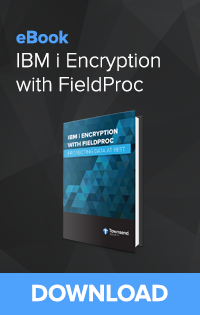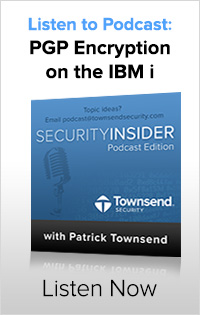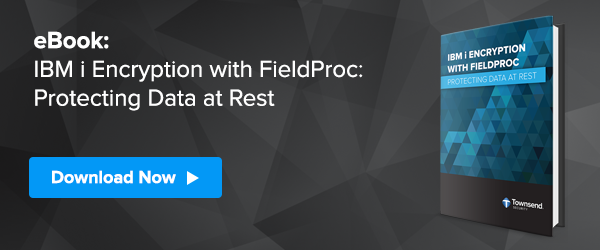In the world of encryption there are many different names for encryption, but probably the two most common would have to be AES and PGP. But not everyone knows what these acronyms stand for. In today’s world of TLAs (Three Letter Acronyms) it’s easy to feel left behind in a data security conversation when they start replacing every other word. OMG!
First we’ll break both of them down a bit and then we’ll compare them to each other.

 AES, or Advanced Encryption Standard, as we know it today is the dreamchild of two cryptographers’ proposal of a symmetric key encryption algorithm based on the Rijndael cipher. This algorithm was developed when NIST (National Institute of Standards and Technology) sent the call out to the cryptographic community to develop a new standard. NIST spent five years evaluating fifteen competing designs for the AES project and in 2001 announced the cipher developed by the two Belgians Joan Daemen and Vincent Rijmen as the adopted standard, known as FIPS-197, for electronic data encryption.
AES, or Advanced Encryption Standard, as we know it today is the dreamchild of two cryptographers’ proposal of a symmetric key encryption algorithm based on the Rijndael cipher. This algorithm was developed when NIST (National Institute of Standards and Technology) sent the call out to the cryptographic community to develop a new standard. NIST spent five years evaluating fifteen competing designs for the AES project and in 2001 announced the cipher developed by the two Belgians Joan Daemen and Vincent Rijmen as the adopted standard, known as FIPS-197, for electronic data encryption.
AES is a symmetric key encryption algorithm, which essentially means that the same key is used for the encryption and decryption of the data. A computer program takes clear text and processes it through an encryption key and returns ciphertext. If the data needs to be decrypted, the program processes it again with the same key and is able to reproduce the clear text. This method required less computational resources for the program to complete its cipher process, which means lower performance impact. AES encryption is a good method to protect sensitive data stored in large databases.
There is, however, a time when AES will not be your go-to encryption process. When you need to share sensitive information with trading partners or transfer information across networks, using AES has one downside when it comes to security: You would have to share your encryption key with your trading partners. Sure, they’d be able to decrypt the information you sent them, but they would also be able to decrypt anything else encrypted with that key, and if the key itself became compromised anyone in possession of it could decrypt your data.
 Enter PGP. PGP stands for Pretty Good Privacy, and before you get too distracted by the name, I can tell you it is actually much better than just pretty good. PGP uses symmetric and asymmetric keys to encrypt data being transferred across networks. It was developed by the American computer scientist Phil Zimmerman, who made it available for non-commercial use for no charge in 1991. To encrypt data, PGP generates a symmetric key to encrypt data which is protected by the asymmetric key.
Enter PGP. PGP stands for Pretty Good Privacy, and before you get too distracted by the name, I can tell you it is actually much better than just pretty good. PGP uses symmetric and asymmetric keys to encrypt data being transferred across networks. It was developed by the American computer scientist Phil Zimmerman, who made it available for non-commercial use for no charge in 1991. To encrypt data, PGP generates a symmetric key to encrypt data which is protected by the asymmetric key.

Asymmetric encryption uses two different keys for the encryption and decryption processes of sensitive information. Both keys are derived from one another and created at the same time. They are divided into and referred to as a public and a private key, which makes up the key pair. Data is only encrypted with a public key and thus can only be decrypted with the matching private key. The encryption PGP offers is just as strong as that of AES, but it adds the additional security that prevents anyone with just the public key from being able to decrypt data that was previously encrypted with it. Another benefit of asymmetric encryption is that it allows for authentication. After you have exchanged public keys with your trading partners, the private keys can be used to digitally sign the encrypted content, allowing the decryptor to verify the authenticity of the sender.
PGP does require more computational resources, which is why it is usually not recommended for encrypting data in large databases where information needs to be accessed frequently, and each record that you access needs to be ran through a cryptographic process.
When you are considering which encryption to use for your sensitive information choose whichever will suit your needs best. AES is fast and works best in closed systems and large databases; PGP should be used when sharing information across an open network, but it can be slower and works better for individual files.

